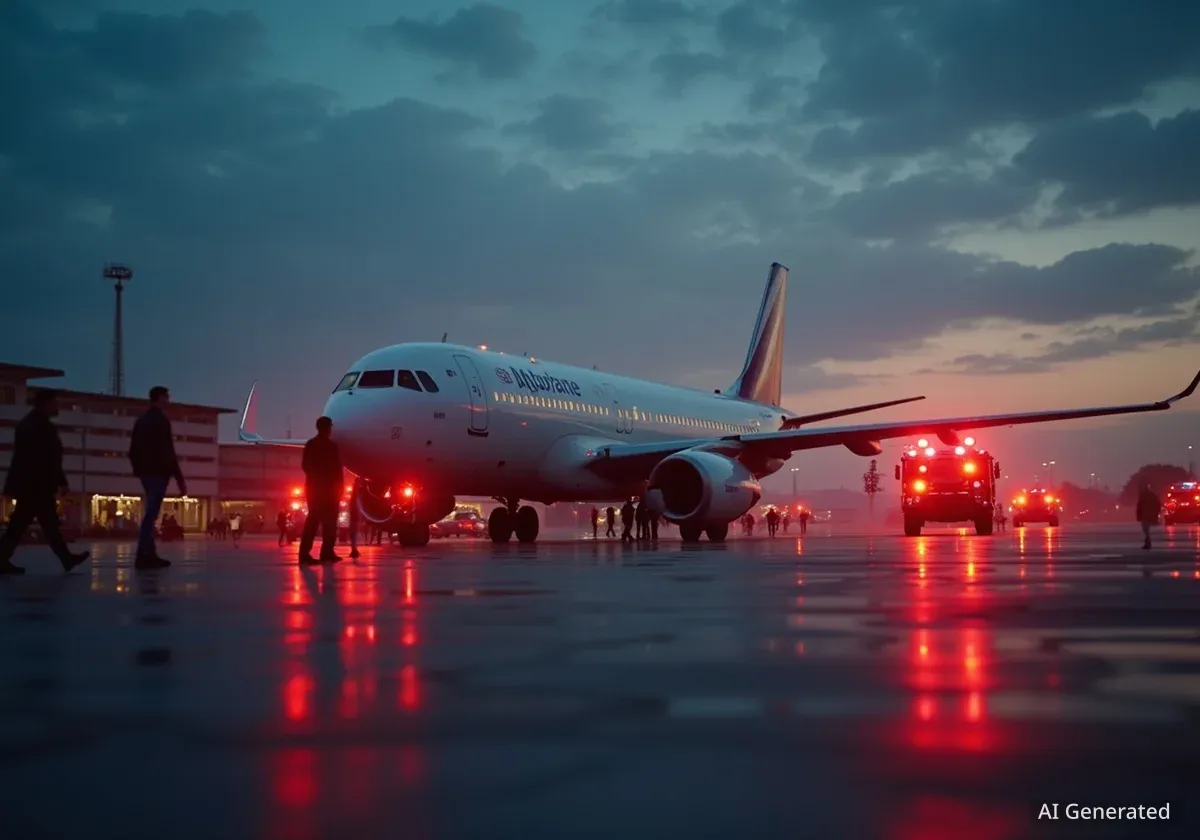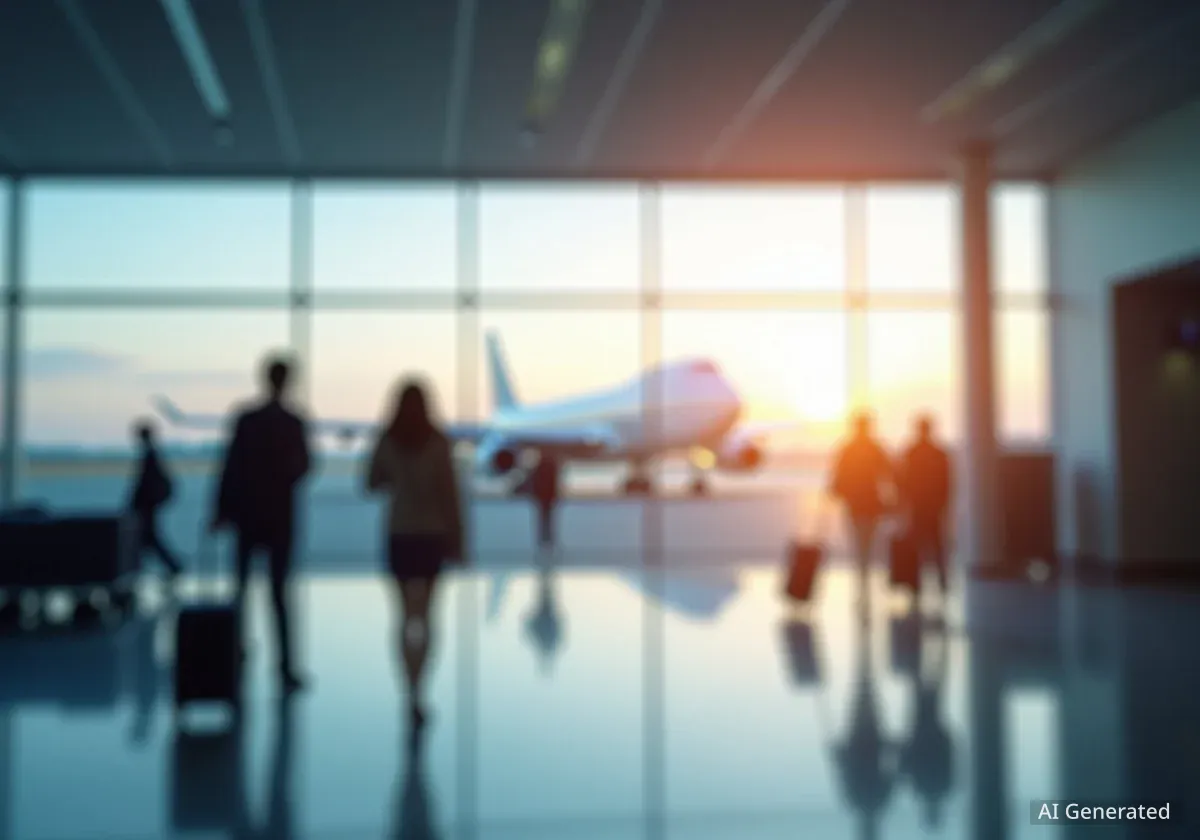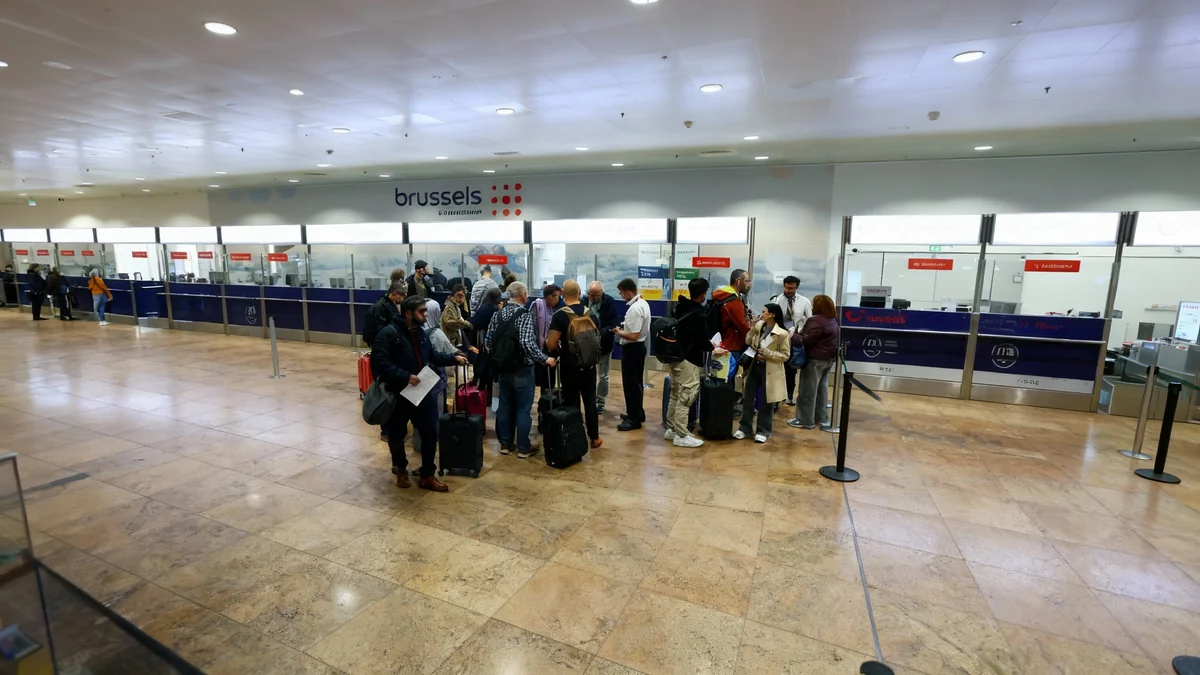Dubai-based airline Emirates is expressing significant frustration with Boeing following yet another delay in the 777X aircraft program. The American plane manufacturer recently indicated that certification for the long-awaited aircraft may not occur until late 2026, pushing back initial deliveries to Spring 2027. This news marks a further setback for Emirates, which holds a substantial order for over 200 of these extended 777 models.
Key Takeaways
- Emirates expects 777X deliveries to be delayed until 2027.
- The airline has 25 777-8s and 170 777-9s on order.
- Emirates President Tim Clark voiced strong disapproval over the communication of the delays.
- The delays are impacting Emirates' fleet renewal strategy.
- The airline is pushing Boeing for an even longer 777X variant.
Ongoing Delays Impact Fleet Renewal
Emirates was initially anticipating its first 777X delivery as early as 2020. However, a series of continuous delays has forced the airline to adjust its strategic fleet renewal program. The carrier's plans to modernize its long-haul network depend heavily on the arrival of new aircraft, including the 777X, Airbus A350, and Boeing 787.
The airline is currently the largest operator of the Airbus A380 and Boeing 777-300ER. These aircraft are beginning to show their age, making the timely introduction of newer, more efficient models crucial for Emirates to maintain its service standards and operational capabilities across its extensive global network.
Fast Fact
Emirates initially ordered 150 examples of the 777X at the 2013 Dubai Airshow, making it one of the first airlines to commit to the program.
CEO Blasts Boeing Over Communication
Tim Clark, President of Emirates, expressed his deep disappointment regarding the latest announcement. According to Clark, Boeing communicated the revised 777X timeline to the media before directly informing the airline, a move that left him "miffed."
"I was with them recently, in New York, and before that in Seattle. There was never any hint that they would make an official pronouncement that 2027 was to be the delivery year," Clark stated.
This lack of direct communication has reportedly worsened the already strained relationship between the airline and the aircraft manufacturer. Boeing indicated that the 777X airframe will require almost all of 2026 to achieve certification, which directly pushes first deliveries into the spring of 2027.
Redesigning Older Aircraft to Bridge the Gap
To mitigate the impact of these persistent delays, Emirates has undertaken a significant retrofit program for its existing fleet. This involves redesigning the interiors of its aging Airbus A380s and Boeing 777-300ERs. The goal is to ensure these aircraft continue to offer the high level of service and comfort that Emirates passengers expect, bridging the gap until the new 777X aircraft finally arrive.
Why the 777X Matters
The Boeing 777X family, which includes the 777-8 and 777-9, is designed to be a more fuel-efficient and technologically advanced successor to the highly successful 777 series. For airlines like Emirates, these aircraft are essential for long-haul routes, offering increased capacity and improved operational economics.
Supply Chain and Design Challenges
The ongoing delays have not only affected Emirates but also its network of suppliers. The airline had already frozen its interior design plans in 2024, only to find that these designs were now outdated due to the extended delivery timeline. This situation has caused frustration among suppliers responsible for fabricating seats, in-flight entertainment systems, galleys, and other critical onboard amenities. These suppliers were part of the original supply chain for the initial 777-9 design.
The continuous shifts in the delivery schedule create significant logistical and financial challenges for all parties involved. Planning for cabin layouts and sourcing components requires long lead times, and frequent changes disrupt production schedules and increase costs.
Looking Ahead: The 777-10 Concept
Despite the current challenges, Emirates remains optimistic about the eventual delivery of the 777-9. Behind the scenes, the airline is actively engaging with Boeing to explore the possibility of an even longer-extended version of the 777X, unofficially referred to as the 777-10. This proposed variant would serve as a high-capacity successor to the Airbus A380.
The envisioned 777-10 could be up to 150 inches (380 centimeters) longer than current models, potentially accommodating an additional five or six rows of economy class seating. This demonstrates Emirates' ongoing commitment to high-capacity aircraft for its hub-and-spoke model at Dubai International Airport (DXB).
Emirates Fleet Snapshot
- Current fleet: Over 250 aircraft
- Largest operators of: Airbus A380 and Boeing 777-300ER
- 777X orders: 25 777-8s, 170 777-9s
Emirates operates a vast international network from Dubai, connecting Europe and the Americas to destinations across Africa, the Middle East, Asia, and Oceania. While the airline operates independently of any major alliance, it maintains numerous codeshare and interline agreements to enhance its global connectivity. The successful integration of the 777X, and potentially a 777-10, is vital for its future growth and operational efficiency.





